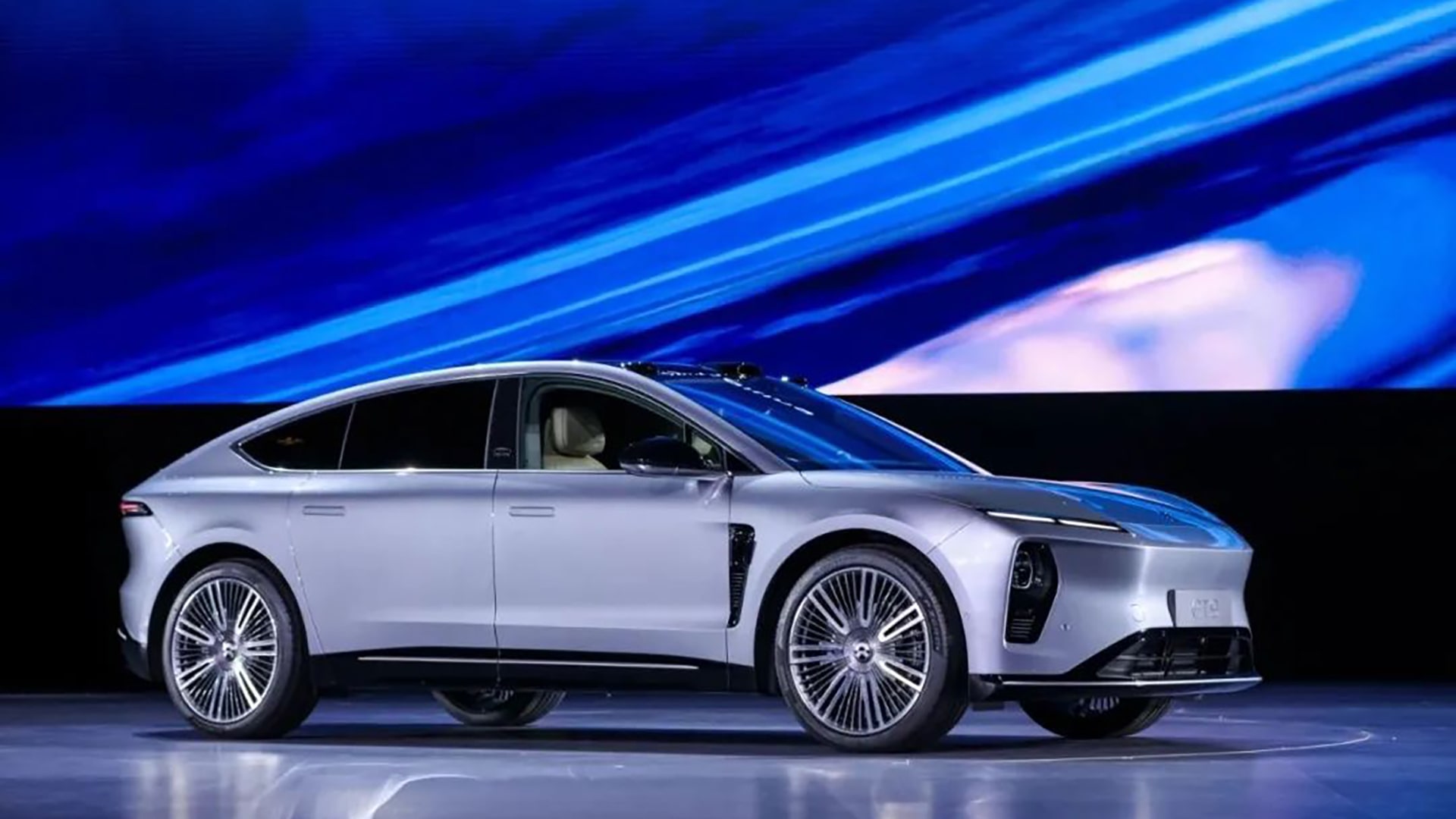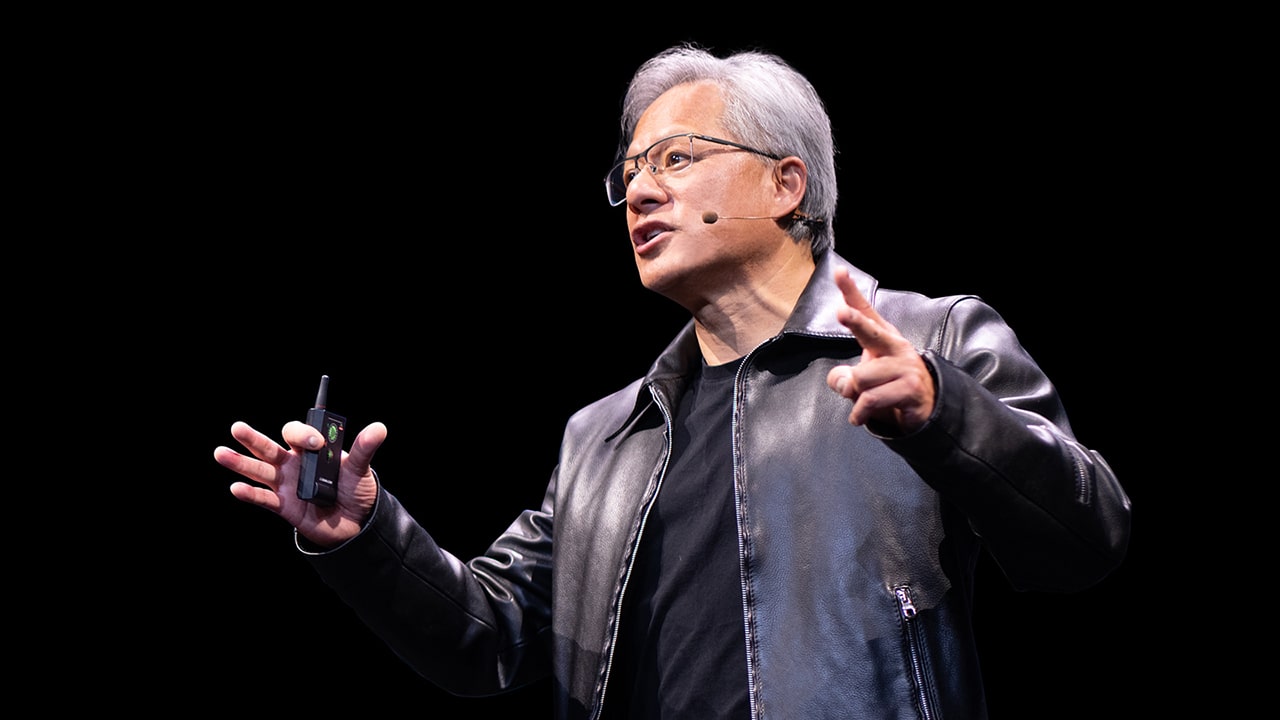Xpeng Motors is prepping for a big reveal this quarter: its first in-house chip for autonomous driving is about to hit mass production. Dubbed “Turing,” the chip will debut in a new electric vehicle model and signals the company’s intent to reclaim lost ground in a race it once led.
Development on Turing began in 2020. The company completed tapeout in August and says the chip is purpose-built for heavy artificial intelligence workloads, including end-to-end (E2E) large models. It claims Turing can deliver around 700 TOPS (trillions of operations per second)—putting it in the same performance tier as Nvidia’s Thor, the much-hyped automotive chip that has been facing delays.
Unlike off-the-shelf processors, Turing is built around two proprietary neural cores and an architecture tailored to large neural networks. Company executives say it achieves 20% better utilization than most automotive-grade chips on the market, and can support models with up to 30 billion parameters.
That’s a big leap. For comparison, Li Auto’s current vision-language model (VLM) operates with roughly 2.2 billion parameters. Yet, bigger models also mean more latency—a technical challenge Xpeng hasn’t disclosed how it plans to solve.
Nvidia stumbles as China’s EV makers close in
Nvidia’s Thor was supposed to be the fix for the industry’s AI hunger. With a theoretical ceiling of 2,000 TOPS, it was designed to power E2E systems and large models, and was expected to ship by mid-2024. But things haven’t gone to plan.
Sources told 36Kr that the chips currently reaching Nvidia’s partners offer only 750 TOPS, and still suffer from unresolved hardware and software kinks. One source in the automotive sector put it bluntly: “Nvidia doesn’t even promise specific computing power now.”
That uncertainty puts EV makers like BYD, Zeekr, Li Auto, and Xpeng in a tight spot. Many had designed their next-generation models around Thor. Delays could now mean missing critical launch windows—and that’s a luxury no one has in China’s fiercely competitive automotive market.
The answer for some? Go solo.
Nio, Xpeng, and Li Auto have all been quietly building their own chips for years. Nio’s five-nanometer chip, Shenji NX9031, is already in production and comes standard in the company’s RMB 788,000 (USD 110,320) flagship vehicle, the ET9. Li Auto is reportedly nearing tapeout on its own design, with plans to bring it into production soon.

Xpeng’s back in the saddle
Just a few years ago, Xpeng was considered a frontrunner in autonomous driving. But since then, it has lost ground to Huawei, Li Auto, and BYD, all of which have sharpened their technical edge and commercial rollouts.
Now, with Turing and a refreshed software stack, Xpeng wants to reassert itself as a leader. The company’s goal is to own the full stack: hardware, software, data, and chips—everything stitched into a tightly integrated system it controls from end to end.
Tesla has shown the way. Since 2021, it has built its “Full Self-Driving” (FSD) system around innovations like bird’s eye view (BEV), occupancy networks (OCC), and E2E learning models. That shift helped it pull ahead. Analysts believe Tesla’s system is 6–12 months ahead of competitors, and still evolving behind closed doors.
Without public updates from Tesla, Chinese firms are experimenting with their own variations. Li Auto, for instance, has already commercialized an E2E model paired with a VLM. That system is said to handle 95% of driving scenarios, with the VLM stepping in to interpret complex edge cases.
Next up, Li Auto is working on a vision-language-action (VLA) model, a new class of AI that was first demonstrated by Google DeepMind for robotics in July 2023 and is now making its way into self-driving tech.
Xpeng, too, is on that path. In May 2023, it launched its own E2E model, designed to preserve information more effectively than traditional rule-based systems.
At a technical briefing on April 14, Xpeng’s head of autonomous driving, Li Liyun, laid out the company’s next chapter. “If we only rely on computing at the vehicle level, we’ll hit a ceiling,” he said. “To go further, we need bigger models and more data than car-based chips can handle.”
Xpeng’s solution? Train massive models in the cloud, then compress them via model distillation for deployment in cars. This sidesteps the limitations of edge computing without sacrificing sophistication.
The centerpiece of this strategy is Xpeng’s “world foundation model,” a 72-billion-parameter system designed for chain-of-thought (CoT) reasoning. According to Li, it can understand the world, apply commonsense logic, and turn those judgments into physical driving actions like braking or lane changes.
Xpeng’s R&D team has already built and tested models at two billion, seven billion, and 72 billion parameters. That largest model is roughly 35 times the size of today’s mainstream VLA systems.
The company has amassed a dataset of 20 million driving clips and expects to reach 200 million by year-end. It also recently completed a working demo of vehicle control using a distilled foundation model on aftermarket computing hardware. Early results were, in the words of one insider, “surprisingly competent.”
To support its model ambitions, Xpeng has built China’s first ten-exaflop automotive computing cluster. The system reportedly runs at over 90% efficiency around the clock.
Xpeng is betting on the scaling law: bigger models, better data, better performance. It plans to roll out Level 3 self-driving features in the second half of 2025 and begin Level 4 trials by 2026.
But this next phase of autonomy won’t be defined by chips or software alone. Talent matters just as much. Xpeng’s foundation model program is led by its North America-based AI team. Xiaomi, another EV contender, just brought in Chen Long from UK-based Wayve to jumpstart its own VLA push.
It’s an arms race on all fronts: compute, code, capital, and capability. And with Turing hitting the streets, Xpeng just gave itself a fighting chance to lead again.
KrASIA Connection features translated and adapted content that was originally published by 36Kr. This article was written by Li Anqi for 36Kr.

